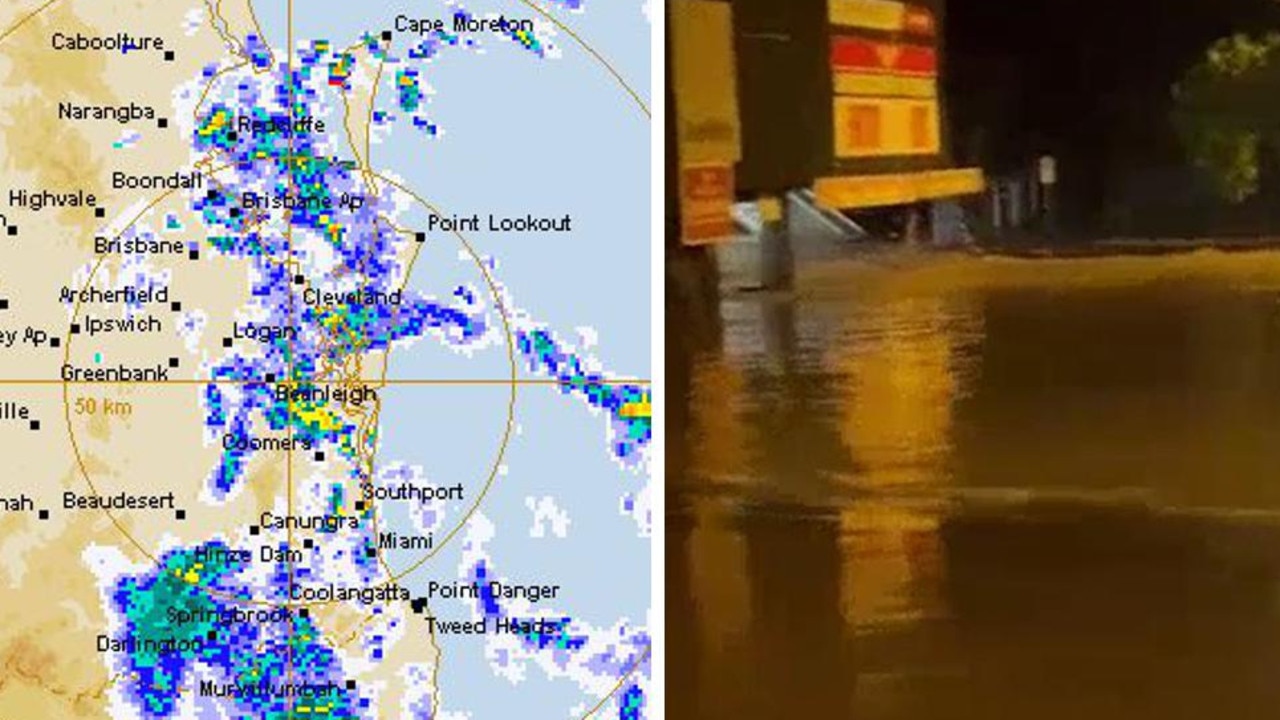Unseasonal spring rain forecasts spark concerns as millions of Australians slack on home maintenance
An alarming number of Australians don’t prepare their homes for extreme weather, something they may regret given this forecast.

Increased chances of hail damage on Australia’s east coast this spring come as research from one insurer shows two-thirds of Australians do nothing to prepare their homes for wild weather.
New research from NRMA Insurance suggests 67 per cent of Australians take no steps to prepare their houses for extreme weather.
Wild weather has caused a leak in nearly 40 per cent of Australian homes.
“Severe thunderstorms and an increased risk of damaging hail activity are predicted for Australia’s east coast this spring, in part due to unseasonably warm sea surface temperatures,” NRMA meteorologist Zac Segger said.

The insurer employs a team of meteorologists, hydrologists, engineers, statisticians and actuaries to assess risk.
“Above-average early spring rainfall is also expected in southeast South Australia, southwest Victoria and Tasmania,” Mr Segger said of the spring forecast.
Warmer than average ocean temperatures will also likely bring unseasonably warm spring days, and nights, to coastal communities in northern Australia and Tasmania.

A chilly cold snap across the country’s southeast has already been felt this week.
Canberra airport and Euabalong in NSW recorded -6.9C on Monday.
“While seasonal weather forecasts are helpful, we know that extreme weather events can strike suddenly, at any time and without warning, so it’s important to take steps to prepare year-round,” Mr Segger said.
NRMA Insurance received more than 5,700 wild weather claims nationally in spring 2023, with water entering homes one of the most common causes of damage.

The insurer’s research finds 59 per cent of Australians have not checked the condition of their roof in the past year, and 11 per cent have never done so.
Nearly half of Australians report rain has caused their gutters to overflow, but 19 per cent of people have never cleared debris from their gutters.
A typical Australian home, with a 200sq m roof, withstands tonnes of water every year.

In Sydney, that typical sized house cops 97 tonnes of rain each winter, enough water to fill a double garage.
The typical Perth home cops 427mm of rain during winter – more rain than a 12m shipping container can hold.
Rain is most likely to enter and damage the walls and ceilings of buildings through cracks in the roof and overflowing gutters, NRMA Insurance claims general manager Luke Gallagher says.
“Water is a powerful force and once it enters your home it can cause tremendous damage,” he said.
“Regularly clearing debris from gutters and proactively inspecting and maintaining the condition of your roof are key to minimising wet weather leaks.”




